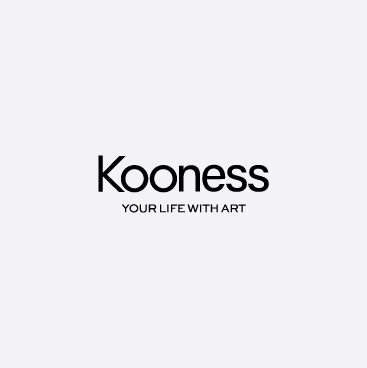City 3
2009Single piece Dated Titled
Size
21 x 17.00 in
Year
2009
Medium
Drawings
Reference
6a777218
Ink on paper
-
The drawings in Fortifications span roughly 14 years from 2001-2015 and are comprised of landscapes primarily rendered in shades of black, white and gray. The restricted palette suggests simplicity, clarity, and seamlessness, but black also generates uncertainty. It is a vehicle for polymorphism, the appearance of one thing simultaneously seeming to be many, by perceptually acting as an absence of light, graphically as shape, and volumetrically as a weighty mass and a deep void. Black also holds personal meaning. At age 11, in the Prado Museum, I decided to devote myself to painting while in the room of Francisco Goya’s Black Paintings. I remember being struck by the ferocity and imagination of those images. My use of black is an homage to this rich history of Spanish painting, from the praying saints of Zurbarán to Picasso’s mid twentieth century work.
The drawings are also inspired by actual places. Oftentimes echoes of forms and feelings of a particular space appear and are recombined in the drawings decades after any direct experience. There are traces of the places that were most formative- Austin, Texas and Quirihue, Chile where I grew up, and Brooklyn where I lived from 2001- 16. There are also nods to Paris where I taught landscape painting for many summers, the Aztec step pyramids at Teotihuacan, and the many aqueducts in the show are inspired by ruins of Roman aqueducts I saw in Spain as a child.
Feelings of anxiety, vulnerability and protection are also through lines in the work. Being a child in the early 80’s, I remember hiding under my school desk in the fourth grade for “duck and cover” drills. Even at that age I understood how meaningless the desk would be as protection against a nuclear attack. Ruins, which I made soon after the attacks of September 11th, was one of the first images I made of a psychologically and emotionally charged landscape. Since then, this has become the primary way that I work. These landscapes manifest various contradictory mental states through architectures of defensiveness, strength, force and futility.
1971 Austin, TX, United States
Christopher Schade was born in Austin, Texas and was raised in Austin and in Quirihue, Chile. Schade received his Bachelor of Arts in Art from the University of Texas at Austin in Plan II Honors Humanities and Studio Art in Painting and then received his Master of Fine Arts in Painting and Printmaking from Yale University. Upon graduation he attended the Skowhegan School of Painting and Sculpture.
He has had solo and two-person exhibitions at The Painting Center in New York, Kai Matsumiya Gallery in New York, Boston Design Center in Boston, Massachusetts, dberman gallery in Austin, Texas and Conduit Gallery in Dallas, Texas. Group exhibitions in New York City include shows at The Painting Center, Park Place Gallery, Blackburn 20/20, Tiger Strikes Asteroid, Brian Morris Gallery and GRG gallery, in Massachusetts at VERY, Drive-By Projects, Geoffrey Young Gallery and Sampson Projects Gallery, and in Texas at The Contemporary Austin Jones Center, dberman Gallery and Conduit Gallery. His work is in the flat files of Pierogi Gallery, New York and online in the White Columns' Curated Artist Registry and The Painting Center's Members Gallery. His work has been written about in Boston Art Review, Interview Magazine, The Huffington Post, Hyperallergic, Dallas Art Revue, Austin American-Statesman and The Austin Chronicle.
He is a founder of the Artist Lecture Series in Greenpoint, Brooklyn and has curated numerous group shows, most recently “Prime Matter” at the Teckningsmuseet (Museum of Drawings) in Laholm, Sweden. Since 2016 he has taught painting and drawing as Assistant Professor of Art at the University of Massachusetts Boston Art Department. In the spring of 2021, he joined The Painting Center in New York City as a member.
Read more
Address
New York,
Park Place Gallery derives its name from the street of its origin in Brooklyn, NYC, but it is also a nod to the original SoHo Park Place Gallery of the 1960’s. That creative mecca for then lesser known artists was formative to the careers of many New York greats including Mark di Suvero, Sol LeWitt, Eva Hesse, Brice Marden, Carl Andre, Al Held, Philip Gla...


